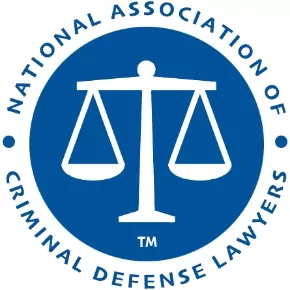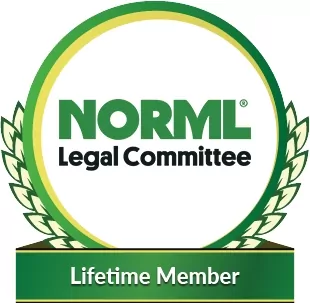The government uses criminal asset forfeiture to help combat crime by depriving criminals of the proceeds and instrumentalities of illegal activities. At the federal level, the authority for criminal asset forfeiture can be found in the Comprehensive Crime Control Act of 1984, the Racketeer Influenced and Corrupt Organizations (RICO) Act, and the Department of Justice’s Asset Forfeiture Program policies.
During criminal asset forfeiture proceedings, the government must prove the property’s connection to criminal activity beyond a reasonable doubt, the same standard used in the underlying criminal case. The “beyond a reasonable doubt” standard used for criminal asset forfeiture is higher than the “preponderance of the evidence” standard used in civil asset forfeiture. As a practical matter, most criminal defenants enter plea agreements where the forfeiture issues are negotiated as part of the plea.
Criminal asset forfeiture is classified as an “in personal” action against the person accused of the crime. Notice of the intent to forfeit property must be included in the criminal indictment or a bill of particulars. A conviction is first required since the forfeiture is part of the defendant’s sentence.
Criminal forfeiture is limited to the defendant’s interest in the property, including any proceeds earned by the defendant’s illegal activity. Criminal forfeiture is generally limited to the property involved in the particular counts on which the defendant is convicted. As part of sentencing, a court may order the forfeiture of a specific property listed in the indictment, a sum of money as a money judgment, or other property as substitute property.
The government must establish the requisite connection between the crime of conviction and the asset. Furthermore, in criminal asset forfeiture, the property owner typically has greater due process protections than in a civil asset forfeiture case.
As part of the sentence, the court enters a preliminary order of forfeiture (POF). Any interested third party can then file a claim in a separate ancillary proceeding. After the ancillary hearing, the court orders the final order of forfeiture (FOF).
Attorneys for Civil Asset Forfeiture
If your property was seized for criminal asset forfeiture, contact an experienced attorney at Sammis Law Firm. We represent the person accused of the crime or others impacted by the seizure of property. We represent innocent owners, lien holders, sellers for value, and bona fide purchasers.
Criminal asset forfeiture allows the government to seize assets and property it suspects is connected to criminal activity as part of a criminal prosecution against the property owner. Let us protect you against a wrongful seizure of property for criminal forfeiture.
Call 813-250-0500.
The Preliminary Order of Forfeiture (POF) in a Federal Criminal Case
“Criminal forfeiture statutes empower the Government to confiscate property derived from or used to facilitate criminal activity.” Honeycutt v. United States, 137 S. Ct. 1626, 1631, 198 L. Ed. 2d 73 (2017). For example, the government may seek forfeiture of criminally obtained proceeds. See 18 U.S.C. § 982. In that circumstance, a district court “shall order that the person forfeit to the United States any property constituting, or derived from, proceeds the person obtained directly or indirectly, as the result of such violation.” Id. § 982(a)(2). Forfeitable property “vests in the United States upon the commission of the act giving rise to forfeiture.” U.S.C. § 853(c).
The Federal Rules of Criminal Procedure and 21 U.S.C. § 853 provide the procedural framework for criminal forfeiture. See 18 U.S.C. § 982(b)(1). The district court must first “determine what property is subject to forfeiture under the applicable statute.” Fed. R. Crim. P. 32.2(b)(1)(A). “If the government seeks forfeiture of specific property, the court must determine whether the government has established the requisite nexus between the property and the offense.” Id.
Ancillary Hearings for Third Parties
Third parties can petition the court for the return of their property under Rule 32.2 of the Federal Rules of Criminal Procedure. First, the third party must file a petition with the court, asserting their legal interest in the forfeited property. This petition must be filed within the timeframe specified by the court, typically 30 days after the government’s notice of forfeiture is served.
In the petition, the third party must explain their legal interest in the property as the owner, a lien holder, or the holder of a security interest. At the ancillary hearing, the third party must present evidence supporting their claim, including documentation of their legal interest in the property and any evidence showing their lack of knowledge of the criminal activity.







